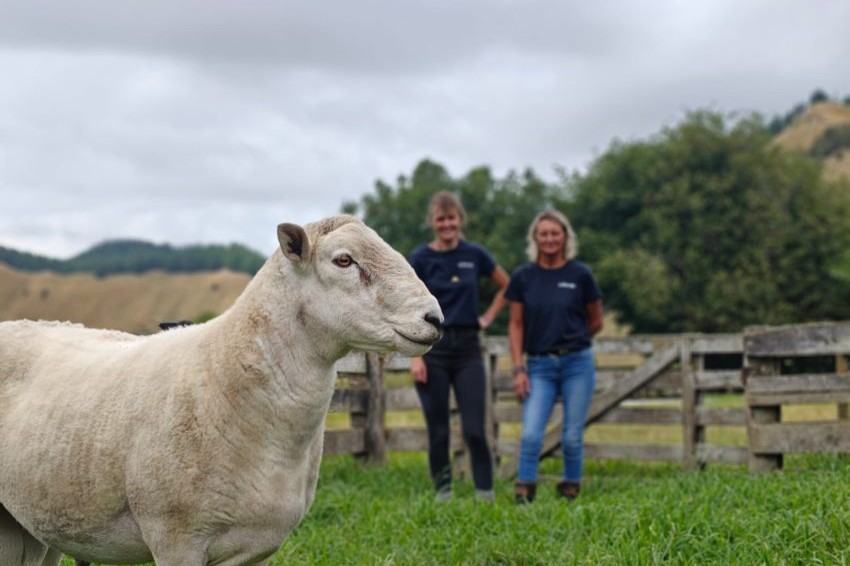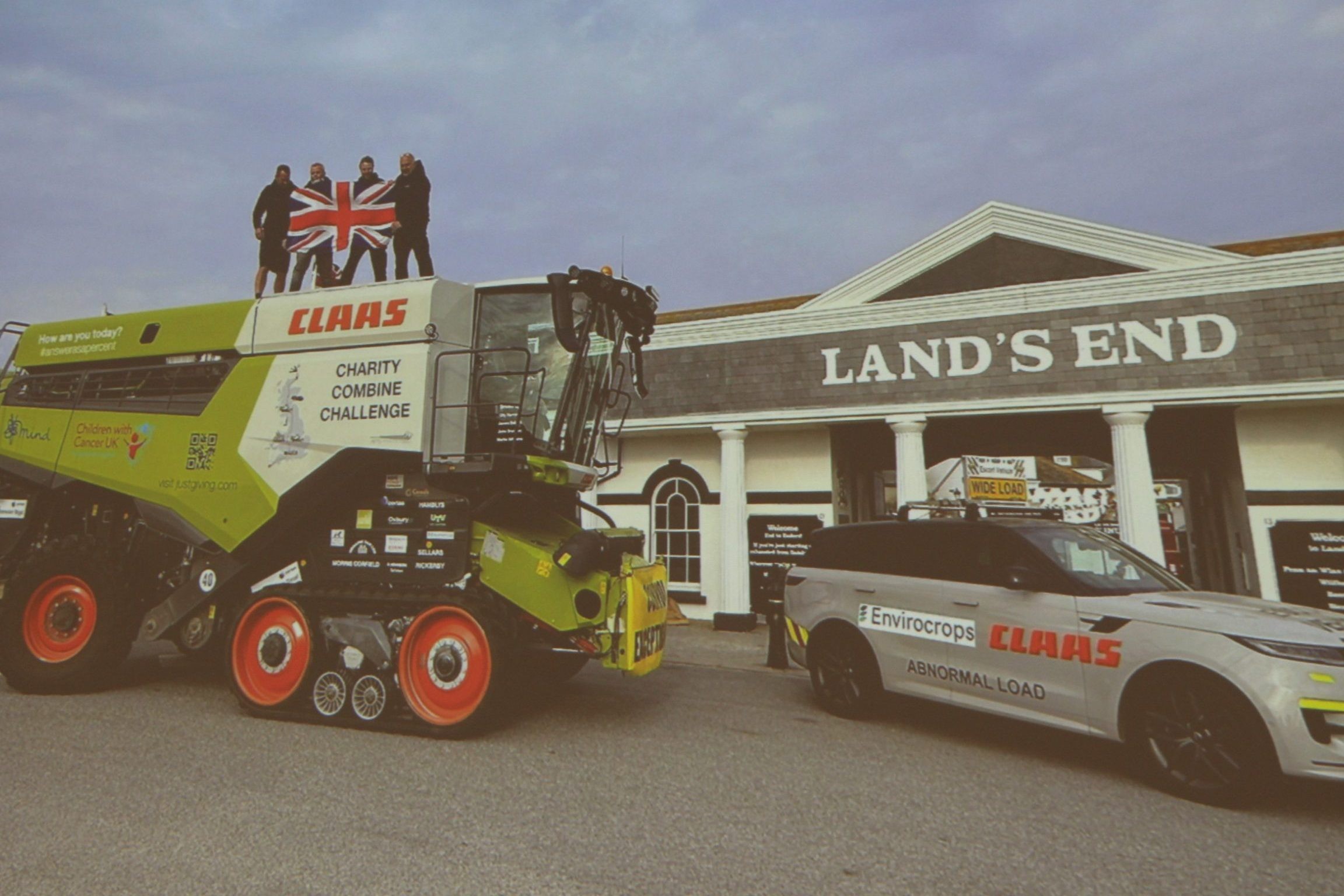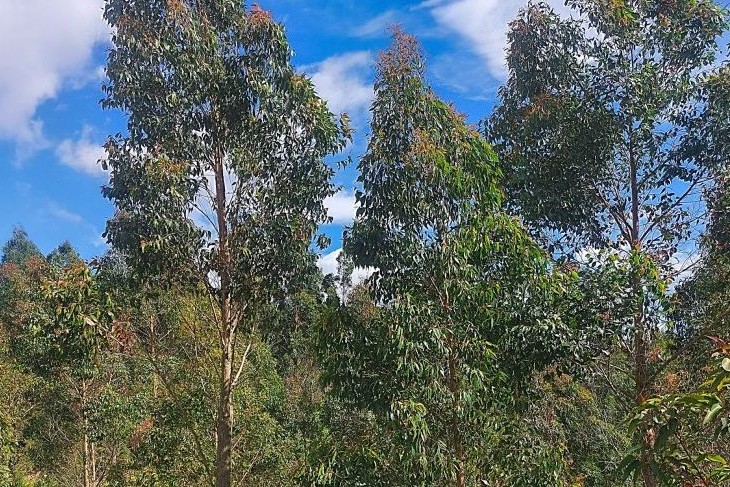Looking for hidden kilos and dollars
Hill country farmers need to remember their main job is to cost effectively turn grass into saleable beef.

BUSINESS
By Peter Andrew.
To say our beef farming world is under some pressure at present would be the understatement of the century.
Our beef market lacks enthusiasm and New Zealand farming has an invasion of high interest rates and production costs, and now the odd cyclone thrown in just to keep us all standing on our absolute tippy toes.
It is important to not only survive the ride, but land squarely on your feet and learn from every sniff of the experience.
Only from learning will we be able to build more resilient beef farming systems and farming policies.
What does resilience mean?
I think it was Pita Alexander who said, “No, money is not the most important thing in the world, but it comes a close second to oxygen.”
Resilience can mean earning lots of money from hot policies such as bull beef in the good times so you have a strong cash position when tough times call.
We must remember that our main job with hill country farming is to cost effectively turn grass into as much saleable beef as is possible.
So where are some of the opportunities and where is some of slippage in our beef systems?
Are high nitrogen prices trying to tell us a lesson? We need to continue to try to maximise the amount of clover in our pastures to drive the amount of natural nitrogen that is fixed.
Creating and maintaining low-cost healthy pastures are key drivers going into or out of troubled times.
Are high trucking costs trying to teach us all a lesson?
Shifting young surplus dairy animals around NZ at 120kg liveweight, it is conceptually important for many of the country’s beef finishing policies.
However, conceptually from then on, as much beef as possible should be finished within a farm and within a region. An animal only has so much value, so why not try to capture as much of it as possible before it leaves?
If you are spending $40 a head trucking 18-month-old cattle, it is going to take the first two to three weeks of growth to recover that cost. This is before you consider the stress associated with loading, unloading, and trucking over our hilly back-country roads. Stress is so hard to measure in this situation and may present itself as subtlety as increased vulnerability to health issues such as parasitism.
A few years back I went to Australia with a group of local beef farmers as part of the Beef Profit Partnership programme. It was a great opportunity to relieve some personal stress. It was also an opportunity to understand the huge impact of stress in growing beef.
Australia has long had some wild beef breeds and plenty of wide-open spaces to miss out on human interaction. Problems arose when many of the steers and heifers headed towards feedlots to be finished.
Yard weaning
Stress was seen as a constant issue that had the potential to erode growth and profits. The feedlots visited were a great opportunity to look at relative growth rates combined with the huge cost of feeding. All the feedlots we saw would not accept animals unless they had been yard weaned as calves.
On return to NZ, yard weaning was adopted by many of the group and it is now a well-established practice by many farmers to build a positive relationship between young cattle and humans.
Further emphasis on the removal of stress in Australia was demonstrated by their focus on using flight time in stud genetic selection. Flight time is a measurement of a beef animal’s natural nervousness whilst in the yards and around people.
Now our top operators are trying to take reduced stress management practices out into the paddock.
Over the past 20 years our stud breeders in NZ have made huge progress in creating quieter genetics.
Optimising breeding
On most farms I visit there is opportunity for a 5% increase in the calf crop. This could simply be achieved by moving the heifer-mate date later to coincide with the cows.
To take out some risk, the heifers could be mated for three cycles, then foetal age the calves at pregnancy diagnosis to potentially take out the last cycle.
There is also a 5% opportunity to increase calf survival by selecting the right calving paddock or calving behind a wire.
This is also a good time to get into some monitoring and weighing of your growing cattle. It starts the discussion about how we can make all of them as heavy as the best.
In good times we tend to drift into lazy practices and beef policies that often suit us rather than suiting optimised cattle production.
Now is a good time to look for the hidden kilograms and the hidden dollars inside your beef policy to build a more resilient business for the future.
- Peter Andrew is an AgFirst agribusiness consultant based in Gisborne.




